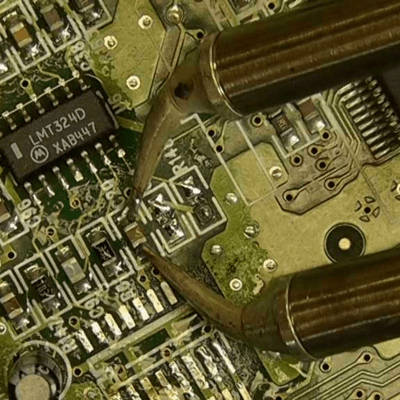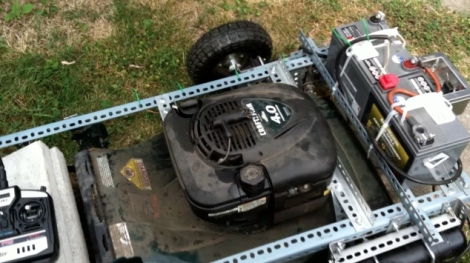People have been making mistakes — roughly the same ones — since forever, and we’ve spent about the same amount of time learning to detect and mitigate them. Artificial Intelligence (AI) systems make mistakes too, but [Bruce Schneier] and [Nathan E. Sanders] make the observation that, compared to humans, AI models make entirely different kinds of mistakes. We are perhaps less equipped to handle this unusual problem than we realize.
The basic idea is this: as humans we have tremendous experience making mistakes, and this has also given us a pretty good idea of what to expect our mistakes to look like, and how to deal with them. Humans tend to make mistakes at the edges of our knowledge, our mistakes tend to clump around the same things, we make more of them when bored or tired, and so on. We have as a result developed controls and systems of checks and balances to help reduce the frequency and limit the harm of our mistakes. But these controls don’t carry over to AI systems, because AI mistakes are pretty strange.
The mistakes of AI models (particularly Large Language Models) happen seemingly randomly and aren’t limited to particular topics or areas of knowledge. Models may unpredictably appear to lack common sense. As [Bruce] puts it, “A model might be equally likely to make a mistake on a calculus question as it is to propose that cabbages eat goats.” A slight re-wording of a question might be all it takes for a model to suddenly be confidently and utterly wrong about something it just a moment ago seemed to grasp completely. And speaking of confidence, AI mistakes aren’t accompanied by uncertainty. Of course humans are no strangers to being confidently wrong, but as a whole the sort of mistakes AI systems make aren’t the same kinds of mistakes we’re used to.
There are different ideas on how to deal with this, some of which researchers are (ahem) confidently undertaking. But for best results, we’ll need to invent new ways as well. The essay also appeared in IEEE Spectrum and isn’t terribly long, so take a few minutes to check it out and get some food for thought.
And remember, if preventing mistakes at all costs is the goal, that problem is already solved: GOODY-2 is undeniably the world’s safest AI.















